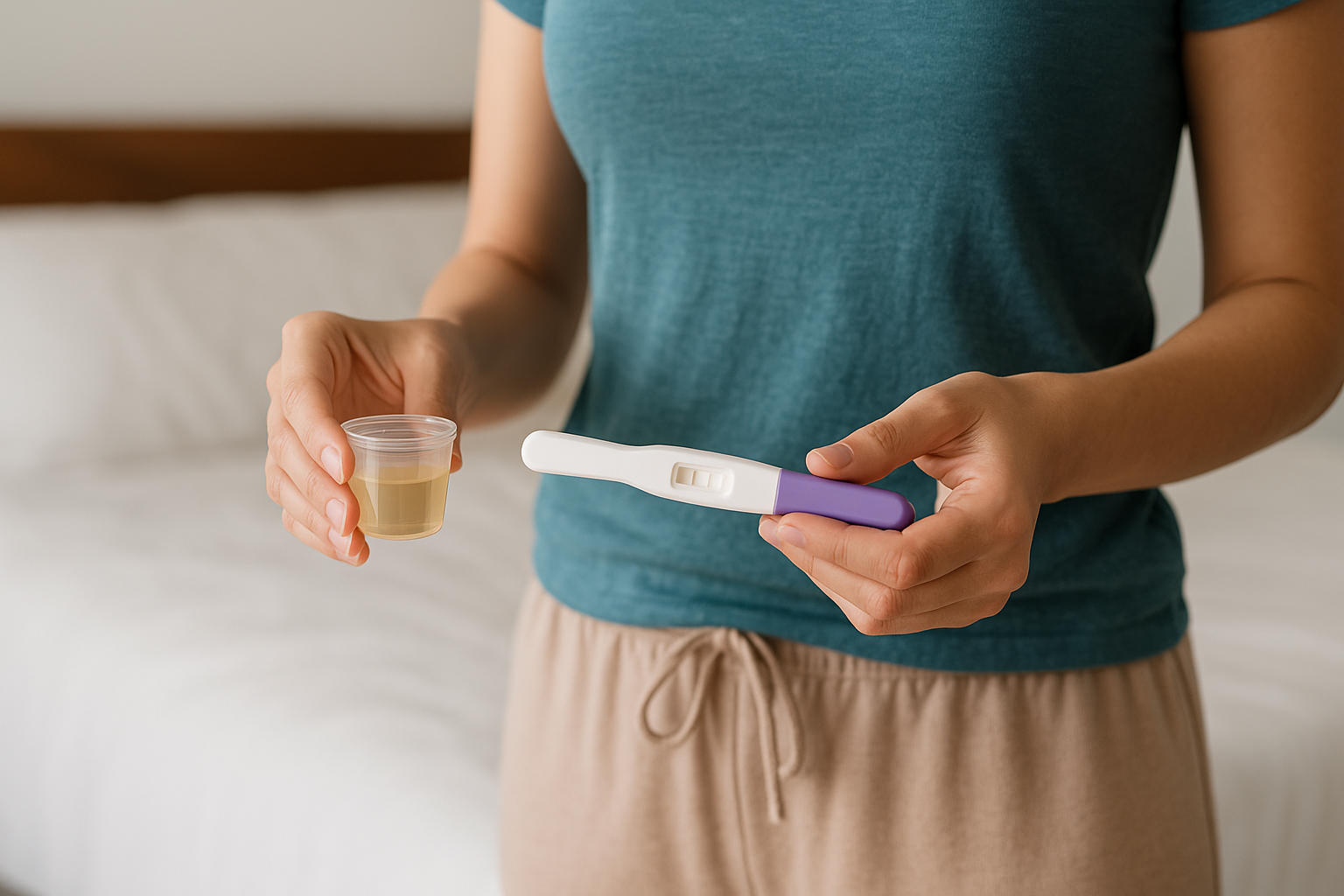Physical Address
304 North Cardinal St.
Dorchester Center, MA 02124
Physical Address
304 North Cardinal St.
Dorchester Center, MA 02124


Trying to conceive? You’re not alone! Many couples rely on tools like Ovulation Predictor Kits (OPKs) to increase their chances of pregnancy. OPKs are one of the most accessible ways to track your fertile window and understand your body’s signals.
In this friendly, easy-to-follow guide, you’ll discover:
Also read “How Can I Understand That I Am Pregnant?”
Ovulation Predictor Kits (OPKs) are at-home tests that detect a surge in Luteinizing Hormone (LH)—a crucial fertility hormone that rises sharply before ovulation. This LH surge signals that ovulation will likely occur within 12 to 36 hours, marking your most fertile window.
By using OPKs, you can time intercourse for pregnancy more effectively, giving yourself the best chance of conception.
Timing is everything when using OPKs! Here’s how to know when to start testing:
First, calculate your cycle length by counting from the first day of your period to the day before your next period. This process is often called cycle tracking for fertility.
Most women ovulate 12 to 16 days before their next period. Use this table as a guide:
| Cycle Length | Start OPK Testing on Day |
|---|---|
| 28 days | Day 10 |
| 30 days | Day 12 |
| 32 days | Day 14 |
If you have irregular cycles, you may need to test for a longer range or track for a few cycles to detect your pattern. You can also explore other methods like Basal Body Temperature (BBT) tracking or cervical mucus monitoring for extra support.
Follow these simple steps to get accurate results from your ovulation tests:
Many women with irregular cycles or conditions like PCOS may need additional testing or guidance. Combining OPKs with methods like BBT tracking or cervical mucus monitoring can improve results.
After a positive test, your fertile window has begun!
Yes—especially in women with PCOS (Polycystic Ovary Syndrome), who may have elevated LH levels throughout the cycle. This is why combining OPKs with other methods or consulting a fertility expert can help.
Yes! Regular OPK use can give you a clearer picture of your body’s patterns, even if you’re also using tools like BBT tracking or fertility apps.
If your cycle is irregular, start testing a few days after your period ends and continue until you detect a positive OPK or your next cycle begins.
For more in-depth, expert-backed fertility info:
Using an Ovulation Predictor Kit is one of the easiest ways to understand your fertile window and maximize your chances of pregnancy.
By pairing OPKs with other fertility-friendly habits—like BBT tracking, cycle tracking for fertility, and cervical mucus monitoring—you can feel empowered on your fertility journey.
Remember, everyone’s body is different. Consistency and patience are key. If you face challenges, don’t hesitate to consult a fertility specialist.